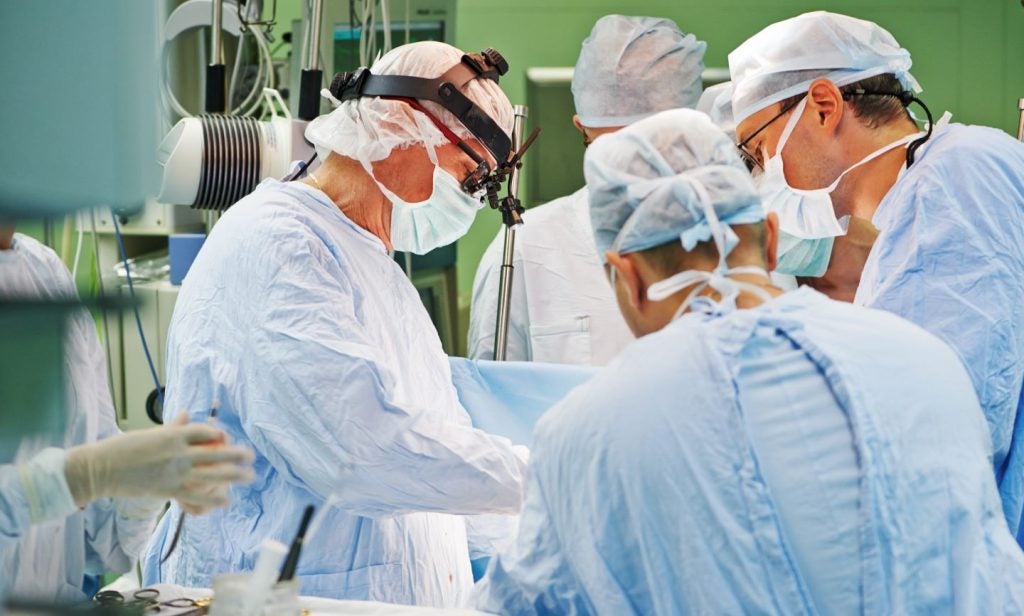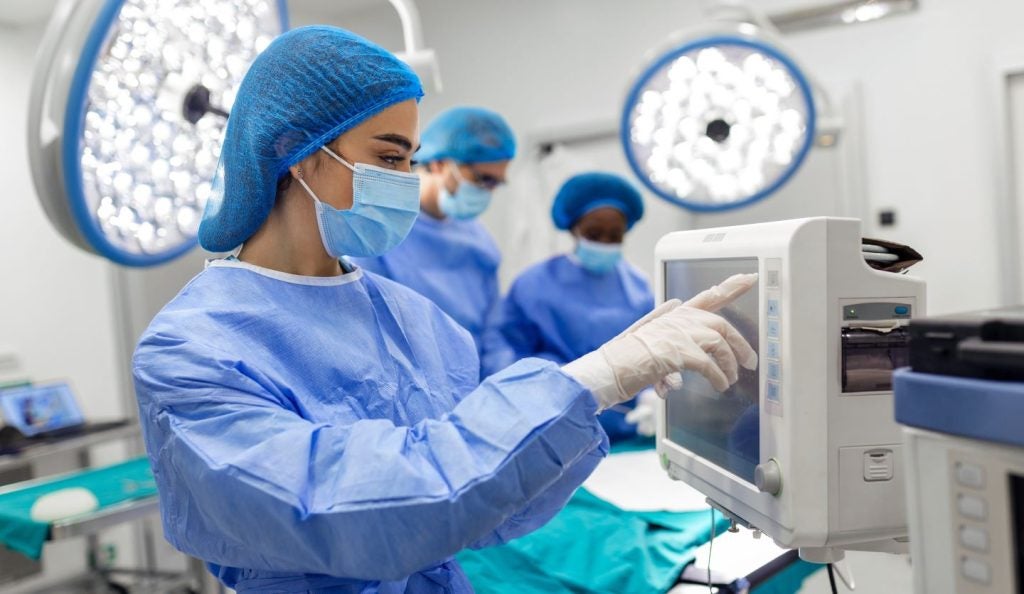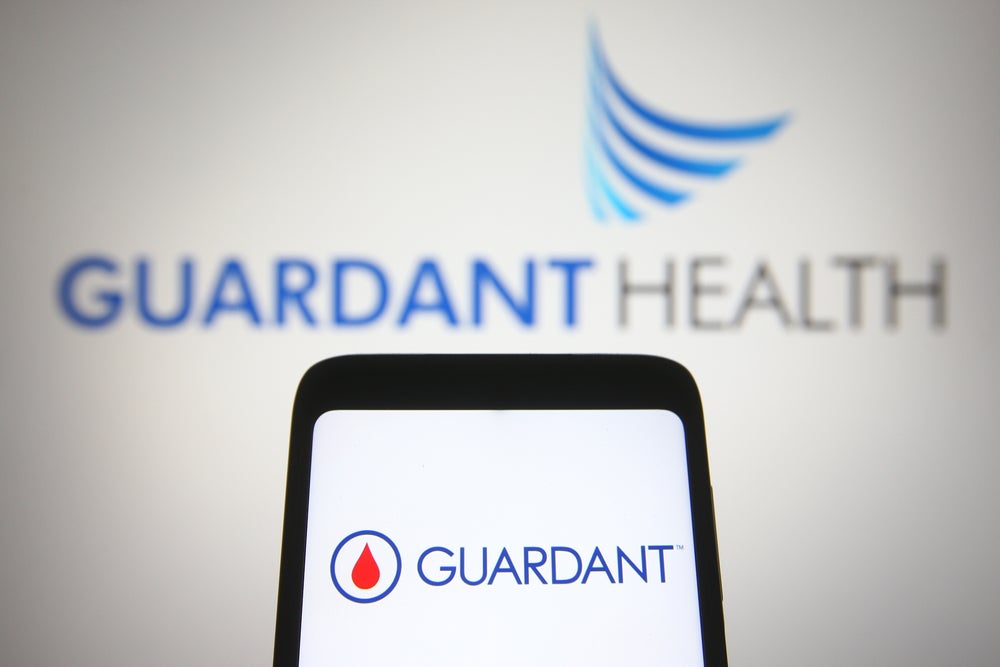Medical technology company Vantis Vascular has secured $5m in a Simple Agreement for Future Equity (SAFE) financing round to develop intervention technologies.
This financing is convertible upon the company's future Series C preferred round.
The latest investment will be pivotal in advancing the field of interventional cardiology and enhancing patient outcomes.
Vantis Vascular has so far secured a cumulative $24m from high-net-worth individuals and grants from the US National Institutes of Health.
The latest funds are earmarked to expedite the company's development efforts, particularly for the imminent commercial launch of its CrossFAST system.
Vantis Vascular's lead products comprise the CrossFAST integrated microcatheter guide extension system and the CrossSHOCK intravascular lithotripsy (IVL) system.
The two systems are designed to improve the delivery, safety and efficacy of vascular procedures, with the ultimate goal of enhancing outcomes and quality of life of patients.
Vantis Vascular chief medical officer Tim Fischell said: “Coronary interventions are becoming increasingly more challenging, requiring specialised tools to deliver lifesaving therapies.
“We are excited about the potential of our purpose-built, next-generation products to address these critical challenges.”
The CrossFAST system, leveraging the two-in-one DuoPro Interlocking Technology, grants interventionalists improved control and manoeuvrability.
This is particularly beneficial for navigating highly calcific anatomies.
The CrossSHOCK IVL system uses a low-profile, microelectrode design to refine the IVL experience in treating calcified arteries.
Both products could serve cardiovascular markets, including the IVL sector.
Vantis Vascular CEO Jason Turner said: “At Vantis, we're on a mission to transform the way the medical community navigates and treats complex and calcific arteries.
“This financing underscores the confidence of our investors in our vision, experienced management team, and the potential of our technologies to drive innovation and make a lasting impact in vascular interventions.”
















